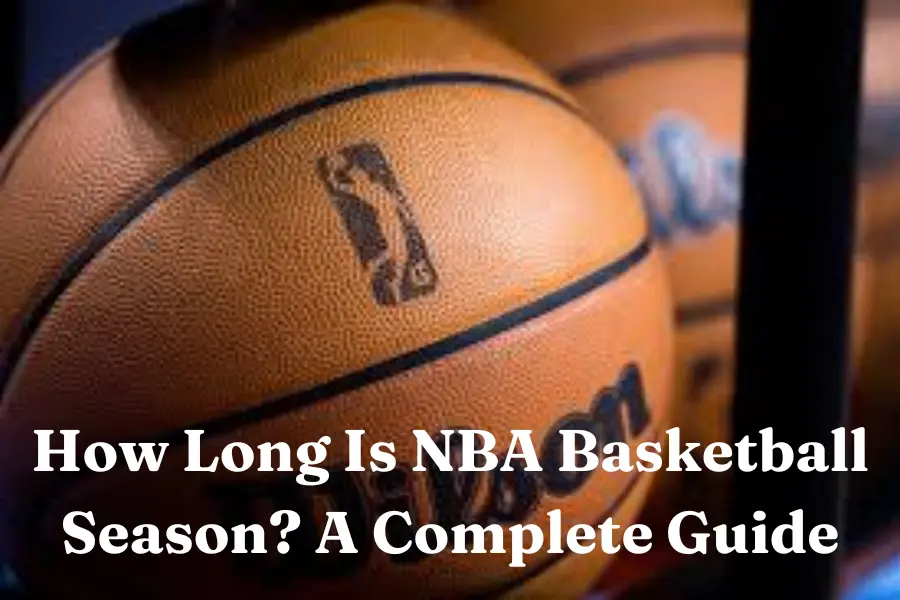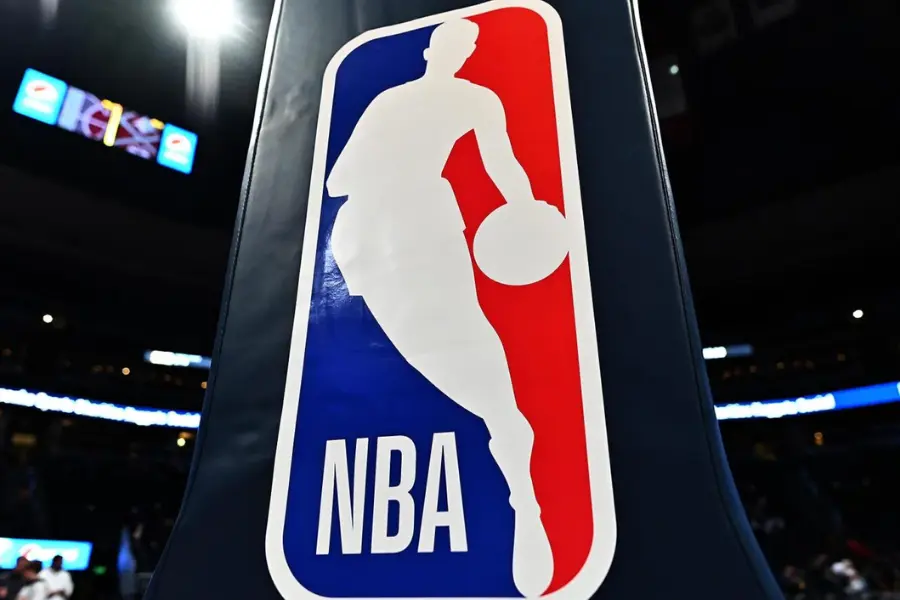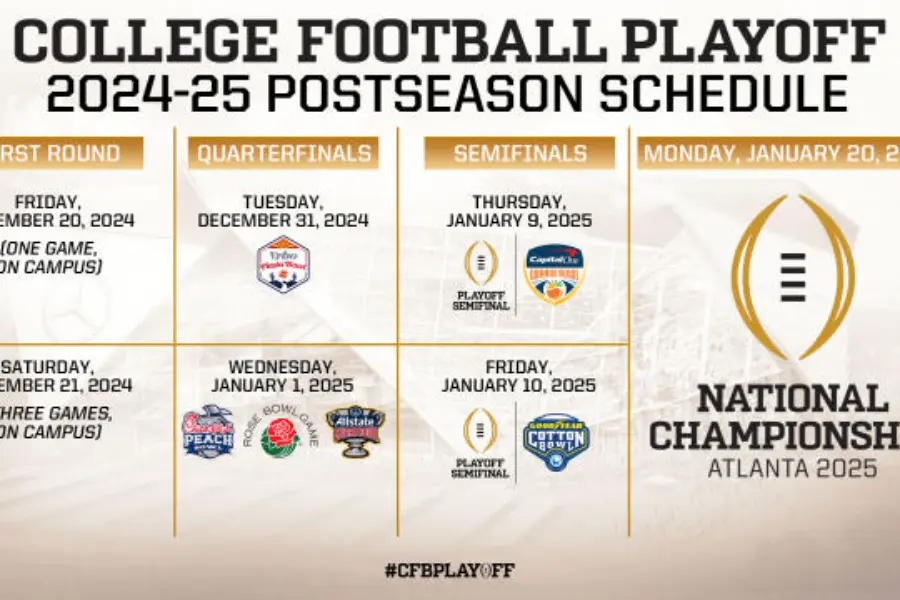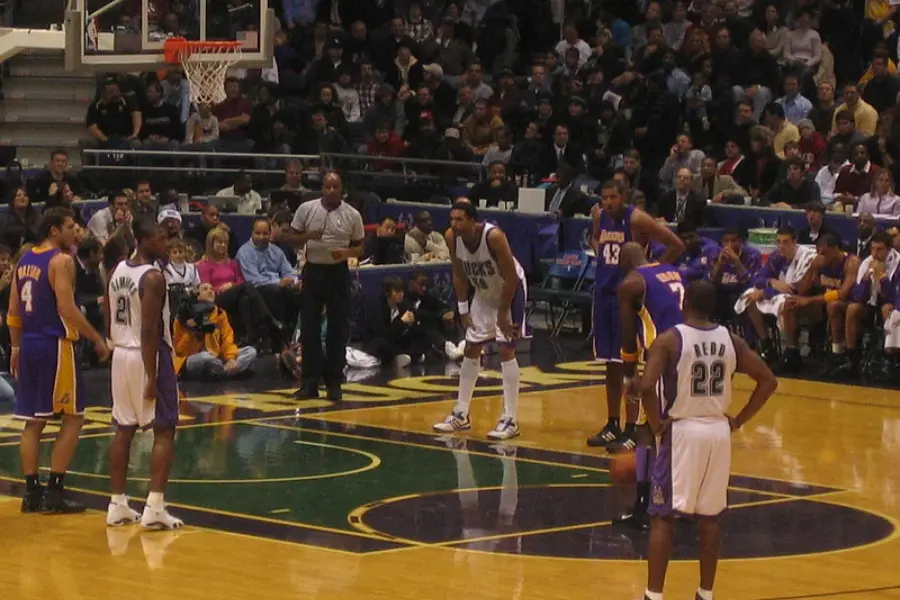The NBA season lasts about seven months, running from mid-October to mid-April, with each team playing 82 games. If you’re wondering how long is NBA basketball season, the full schedule, including the playoffs, extends into June, when the NBA Finals take place. Key highlights of the season include All-Star Weekend, the trade deadline, and the intense playoff matchups. Additionally, the NBA operates year-round with a well-structured calendar covering the regular season, playoffs, offseason, and preseason, ensuring nonstop excitement for fans and teams alike.

Overview of the NBA Season Length
The National Basketball Association (NBA) regular season encompasses approximately 6 months, typically commencing in mid-October and concluding in mid-April. During this extensive period, each franchise participates in a total of 82 games, equally distributed between home court and away venues. The schedule is rigorous, with teams often engaging in multiple contests per week, sometimes on consecutive evenings.
This prolonged season structure facilitates a comprehensive evaluation of each team’s performance over an extended timeframe. It’s meticulously designed to assess not only a team’s technical prowess and tactical acumen but also their physical endurance, mental resilience, and overall consistency. The grueling nature of the schedule tests a team’s depth, adaptability, and ability to maintain peak performance throughout the campaign.
Upon completion of the regular season, the top-performing teams advance to the postseason, colloquially known as the playoffs. This phase can potentially extend the basketball calendar by up to two additional months. The playoffs employ a series-based format, where teams compete in best-of-seven matchups. This structure allows for a more thorough examination of team capabilities, as it requires sustained excellence over multiple games rather than single-game elimination.
For the most successful franchises, the season may stretch well into June if they progress to the NBA Finals, the pinnacle of the league’s competition. This championship series determines the league’s ultimate victor, crowning them as NBA champions.
The NBA’s season length and structure contribute to its status as one of the premier professional sports leagues globally. It provides ample opportunities for player development, team chemistry building, and the emergence of compelling narratives that captivate fans throughout the basketball world.

Key Dates for the 2025 NBA Season
Basketball fans should mark their calendars for the major events of the 2025 NBA season. The regular season kicks off in mid-October, featuring 30 teams competing in 82 games each. This intense period concludes in mid-April, paving the way for the playoffs.
Significant Milestones:
- Regular Season Tip-Off: October 21, 2025
- NBA All-Star Weekend: February 14-16, 2025
- Trade Deadline: February 6, 2025
- Regular Season Finale: April 13, 2025
The mid-season All-Star Weekend features the Skills Challenge, Three-Point Contest, Slam Dunk Competition, and the All-Star Game, while the trade deadline marks the last chance for teams to make roster moves before the playoffs.
- NBA Playoffs: April 19 – June 2025
- NBA Finals: June 5-22, 2025
- NBA Draft: June 26, 2025
After the Finals, teams shift focus to the NBA Draft, where new talent is selected to shape rosters for the following season.
NBA Regular Season Start & End Dates
For the 2024-25 NBA (National Basketball Association) season, mark your calendars with these pivotal dates: the regular season commences on October 22, 2024, and concludes on April 13, 2025. This approximately 173-day period encompasses the core of NBA competition.
Basketball enthusiasts will witness 30 franchises navigating through a rigorous 82-game schedule, with each team playing 41 home contests and 41 away matchups.
The regular season’s structure facilitates a comprehensive assessment of team performance across diverse opponents and environments. It’s meticulously designed to evaluate teams’ stamina, adaptability, and consistency over an extended timeframe.
Throughout this period, fans and analysts alike will observe emerging narratives, potential playoff contenders, and individual player milestones shaping the league’s competitive landscape.
The season’s duration allows for the development of various basketball-related concepts:
– Winning Streaks and Losing Slumps
– Conference and Division Rankings
– All-Star Game Selection Process
– MVP (Most Valuable Player) Race
– Rookie of the Year Competition
It’s crucial to note that while these dates generally adhere to an established pattern, they may be subject to minor adjustments due to unforeseen circumstances or league decisions. The NBA’s regular season serves as the foundation for postseason qualification, ultimately leading to the NBA Playoffs and the crowning of the NBA Champions.

Playoffs, Finals, and Offseason Timeline
The NBA’s competitive landscape undergoes three distinct phases following the regular season: playoffs, finals, and offseason.
The playoffs, a crucible of high-stakes basketball, typically commence in mid-April, featuring 16 teams battling in best-of-seven series. As the tournament progresses, the field narrows through elimination rounds, culminating in the Conference Finals and the prestigious NBA Finals in June. The Finals, also contested in a best-of-seven format, crown the league champion and mark the pinnacle of professional basketball achievement.
The offseason, a period of strategic maneuvering and talent acquisition, begins post-Finals. The NBA Draft, held in late June, serves as a gateway for emerging talent to enter the league. Free agency follows in early July, allowing teams to reshape their rosters through player acquisitions and trades. Summer League games, running through mid-July, showcase rookie potential and provide a platform for player development.
Teams utilize the remaining summer months for roster fine-tuning, strategic planning, and intensive training regimens. The league typically unveils the new season’s schedule in mid-August, setting the stage for the upcoming campaign. Training camps open in late September, marking the official preparation phase for the forthcoming season.
This meticulously structured timeline ensures a year-round basketball ecosystem, maintaining fan engagement through a continuous cycle of competition, talent development, and strategic team building. The NBA’s calendar seamlessly blends on-court action with off-court maneuvers, creating a compelling narrative that extends beyond the regular season and playoffs.

Special Events (All-Star Weekend, Trade Deadline, etc.)
The NBA calendar features several pivotal events that elevate fan engagement beyond regular-season games. The marquee NBA All-Star Weekend, typically scheduled for mid-February, serves as a showcase for the league’s elite talent through various competitions and exhibitions. Spectators are treated to high-flying acrobatics in the Slam Dunk Contest, sharpshooting prowess in the Three-Point Contest, and the ultimate exhibition of star power in the All-Star Game itself.
A critical juncture in the season arrives with the trade deadline, usually set in early February. This pivotal date marks the final opportunity for franchises to bolster their rosters or shed assets before the playoff push. The deadline often catalyzes a flurry of transactions, with contenders seeking to fortify their lineups and struggling teams looking to acquire future assets or cap flexibility.
The NBA Draft, held annually in June, represents a transformative event where teams select emerging talent to shape their futures. This talent acquisition process is preceded by the NBA Draft Lottery in May, a suspenseful event that determines the draft order for non-playoff teams, adding an element of chance to the rebuilding process.
Following the draft, the NBA Summer League in July provides a platform for rookies, sophomores, and young prospects to showcase their skills in a competitive environment. This developmental league offers fans a glimpse of future stars and allows teams to evaluate their recent acquisitions and young talent.
These special events punctuate the NBA calendar, creating a year-round narrative that keeps fans engaged through the regular season, postseason, and offseason. Each event serves a unique purpose in the league’s ecosystem, from celebrating current stars to shaping future rosters and developing young talent.
Comparison of NBA Season Length with Other Leagues
The NBA season’s duration significantly outstrips other basketball leagues, showcasing its unique position in the sport’s ecosystem. While the National Basketball Association (NBA) conducts an extensive 82-game schedule over a seven-month period, collegiate basketball, represented by the National Collegiate Athletic Association (NCAA), typically encompasses a more condensed five-month timeframe with approximately 30 contests. The Women’s National Basketball Association (WNBA) operates on a comparatively shorter calendar, spanning roughly four months and featuring 40 games.
At the grassroots level, high school basketball seasons exhibit even greater brevity, generally lasting between three to four months. The number of games at this tier varies, ranging from 20 to 35, contingent upon state regulations and competitive intensity.
This hierarchical structure of season lengths reflects the professional, semi-professional, and amateur levels of the sport, each tailored to its specific audience, player development needs, and organizational goals.
The extended NBA season allows for a comprehensive evaluation of team and player performance, facilitating in-depth statistical analysis and providing ample opportunities for storylines to develop. Conversely, shorter seasons in other leagues necessitate a more concentrated competitive environment, often leading to heightened intensity in each contest.
This variance in season length across different tiers of basketball underscores the sport’s adaptability to diverse competitive formats and audience engagement strategies.
NBA vs. NCAA, WNBA, and High School Basketball
The National Basketball Association (NBA) stands out with its extensive season among major basketball leagues, while other competitions like the National Collegiate Athletic Association (NCAA), Women’s National Basketball Association (WNBA), and high school basketball operate on distinctly different schedules. NCAA Division I men’s basketball typically spans from November to early April, culminating in the March Madness tournament, a pinnacle of collegiate athletics. The WNBA season, more condensed, runs from May to October, featuring 36 regular-season games per team. High school basketball schedules vary by state but generally encompass November to March, with some regions extending into early spring.
These shorter seasons facilitate intense competition within a compressed timeframe, often aligning with academic calendars. The NBA’s protracted season offers more games and revenue opportunities, while other leagues prioritize balancing athletic pursuits with educational or professional commitments. Each league’s structure reflects its unique priorities, target audience, and organizational goals.
The disparity in season length impacts player development, fan engagement, and media coverage. Collegiate athletes in the NCAA must juggle academic responsibilities with their athletic commitments, while WNBA players often compete overseas during the off-season to supplement their income. High school athletes focus on balancing their studies with sports, preparing for potential collegiate careers.
The interplay between these entities creates a complex ecosystem of basketball competitions, each serving different purposes within the broader sports landscape. This diversity in league structures allows for a year-round basketball calendar, catering to various audience segments and player demographics.

Differences in Game Structure & Scheduling
The NBA’s extensive 82-game regular season significantly surpasses other basketball leagues’ schedules, offering a stark contrast in game structure, competitive intensity, and player demands. NCAA Division I men’s basketball features a considerably shorter season, with teams competing in approximately 30 regular-season games. The WNBA, while also professional, operates a compact 40-game regular season from May to September. High school basketball schedules vary by state but typically encompass 20-35 games per season.
The NBA’s protracted schedule necessitates more frequent games, often with teams playing on consecutive nights or three games within four days. This grueling pace tests players’ endurance, stamina, and recovery capabilities, while also challenging teams’ roster depth and rotational strategies. In contrast, college and high school teams usually compete in 2-3 games per week, allowing for increased recovery time and more focused preparation between matchups. The WNBA’s condensed schedule creates a unique challenge, balancing high-intensity competition with a shorter overall season duration.
These disparities in game frequency and season length have profound implications for player development, injury management, and overall league dynamics. The NBA’s marathon-like season allows for extended storylines, strategic load management, and the potential for dramatic turnarounds. Conversely, shorter seasons in other leagues amplify the importance of each game, creating a pressure-cooker environment where consistency is paramount.
The varying schedules also impact player fatigue, team chemistry, and the implementation of complex offensive and defensive systems. NBA teams must navigate the long-term grind while maintaining peak performance, whereas college and high school programs focus on peaking at the right time for tournament play. The WNBA’s unique structure requires players to maintain high-level performance over a concentrated period, often transitioning quickly from overseas leagues or other commitments.
These structural differences underscore the diverse challenges and opportunities across basketball’s competitive landscape, from the professional ranks to the grassroots level. Each league’s schedule reflects its specific goals, audience expectations, and player development priorities, contributing to the rich tapestry of basketball competition worldwide.

Wrap up
The NBA season may see future changes driven by player health, global expansion, and fan engagement. Possible adjustments include game scheduling, playoff formats, and in-season tournaments. As the league evolves, expect innovations that balance competition, viewership, and player well-being.
